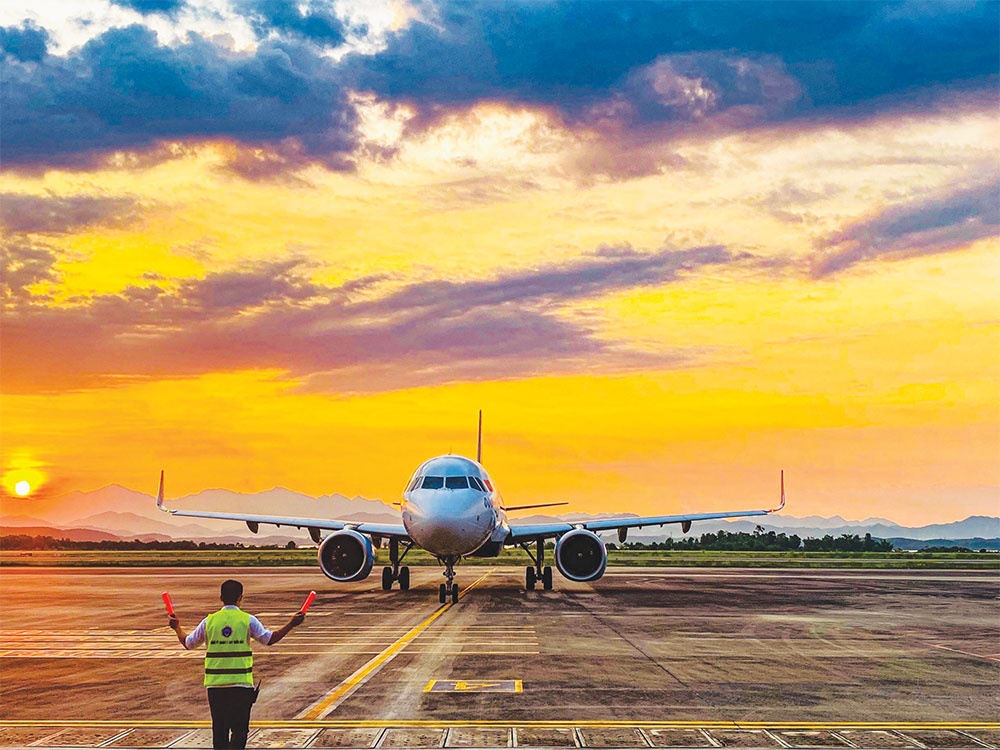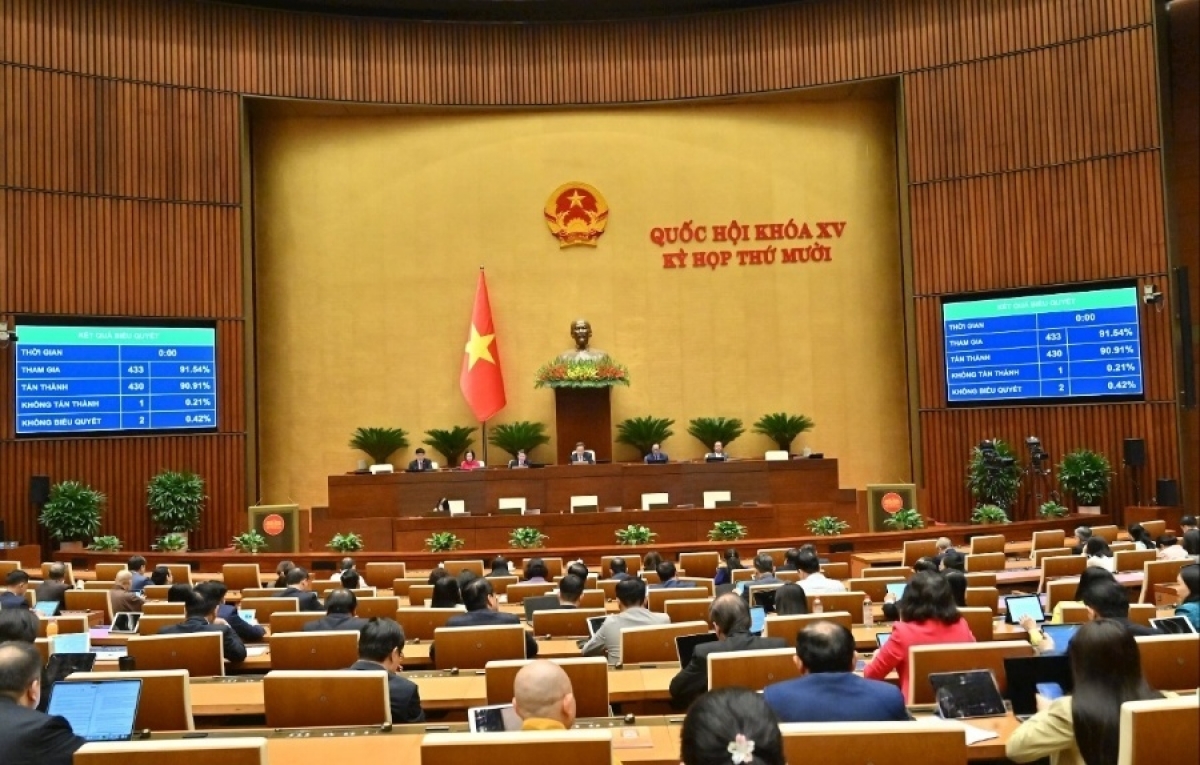INTERNATIONAL INVESTMENT
AND PORTAL
Vietnam’s international tourism is slowly reopening and growing again, but it still has a long way to go.
International visitors come to Vietnam for tourism purposes, market surveys, and investment. They not only bring about revenue and profit for the aviation and tourism industries, but also are an important factor for economic recovery and development across the country.
 Bui Doan Ne - Deputy chairman, Vietnam Aviation Business Association
Bui Doan Ne - Deputy chairman, Vietnam Aviation Business Association
With over 70 per cent of international visitors to Vietnam arriving by air, resuming international flight routes promptly will support aviation and tourism, enabling them to recover soon and increase their competitiveness. These are dynamic industries that contribute significantly to the country’s GDP growth and economic development.
International tourism to Vietnam has recovered slowly compared to other regional countries due to tight regulations in other countries, particularly China. The conflict in Ukraine has increased fuel costs and travel restrictions to European markets. Difficult economic conditions have also affected international tourism demand.
A limitation in infrastructure, tourism products, and promotion programmes have slowed the re-emergence of tourism. The policy for granting visas has also lacked dynamism, and compares poorly with that of Thailand and other countries in the region.
Vietnam needs to develop an overall national strategy to compete with other destinations in the region, and have adequate planning and resource allocation. It is necessary to attract and maintain visitors from traditional Northeast Asian markets such as Japan, South Korea, and China, as well as from Europe.
Venturing into new markets such as India and the US as well as countries with promising markets in the ASEAN region is also a strong option.
There are a number of measures Vietnam should focus on to increase its attraction. First is removing bottlenecks, learning about good experience and promotion practices from regional countries, and building tourism links to reduce tour costs.
Other ideas include having diversified tourism products and a professional workforce, market promotion, destination promotion, and complete tourism products, as well as ensuring good management of tourist attractions.

Moreover, the country should implement the e-visa policy for all international visitor markets. It should also quickly increase the visa exemption period to 30 days for countries that have applied the exemption policy. It need to enhance IT solutions, improve processes and procedures for electronic visa issuance, and simplify the procedures of entry, exit, and customs procedures at the border gates by all valid methods.
Furthermore, it must continue to implement policies to support businesses to recover and develop, such as credit packages, reduction of taxes and fees for air transport businesses, and implement capital support policies.
Attracting resources, as well as accelerating the expansion of transport and aviation infrastructure to meet the recovery of the market and reduce congestion, is also necessary. The country is also mulling stronger participation of the private sector in aviation infrastructure projects.
Finally, it should create a mechanism to open the economy and tourism more synchronously to avoid barriers to attracting investors, allowing the country’s tourism and aviation to have a high growth rate and maintain competitiveness.
 Tourism in Vietnam can achieve more
Tourism in Vietnam can achieve more
At the roundtable discussing how to boost tourism hosted by VIR today, experts agreed that Vietnam has yet to unlock its full potential as they shared various suggestions to remove the bottlenecks in the country's inbound tourism sector.
 Visa upgrade at heart of fresh approach to tourism
Visa upgrade at heart of fresh approach to tourism
Vietnam’s tourism industry is expected to surpass its goal of welcoming eight million foreign visitors this year, if visa policies are updated and length of stay options adjusted.
By Bui Doan Ne



















